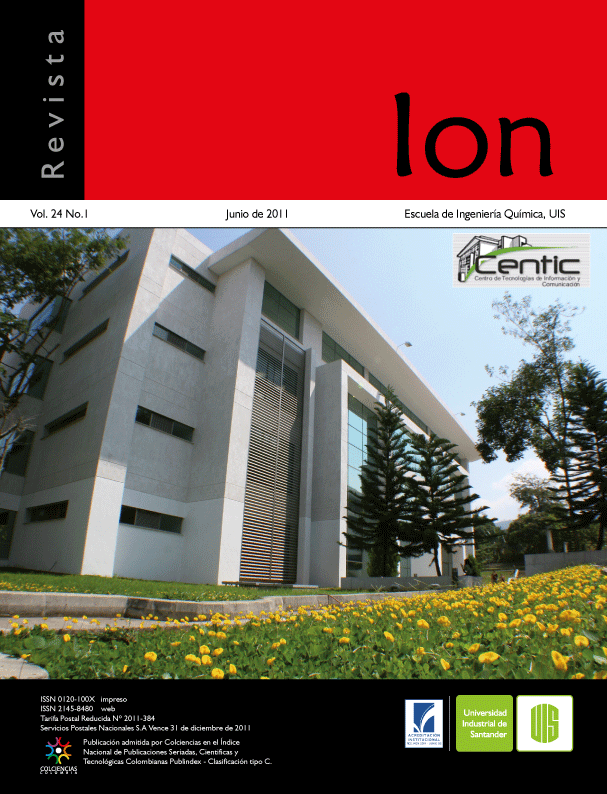DIVERSIDAD DE LA MICROBIOTA FÚNGICA DEL QUESO PAIPA FABRICADO EN PACHO, CUNDINAMARCA
Como Citar
Resumo
Resumen
Se investigó la diversidad de los hongos presentes en el queso Paipa, único queso típico madurado de Colombia y la leche utilizada para su preparación, del municipio de Pacho. Se muestrearon quesos de 1, 5 y 10 días de maduración. El recuento promedio de hongos filamentosos en estos quesos presentó un rango de 1,48 y 3,67 log10 ufc/g y las levaduras en 4,15 y 5,93 log10 ufc/g. En la muestra de leche los hongos filamentosos y levaduras estuvieron entre 1,84 y 1,95 log10 ufc/g y 3,3 y 4,96 log10 ufc/g, respectivamente. Dentro de los hongos identificados se encuentran: Penicillium el cual posee especies tanto benéficas como perjudiciales; el género Aspergillus donde se han reportado especies que son toxigénicas; Fusarium, Phoma, Cladosporium y Botrytis donde la mayoría, presentes en los quesos, son contaminantes y Geotrichum responsable de las características organolépticas en quesos madurados. Las levaduras determinadas en esta investigación fueron, Trichosporum beigelii, Cryptococcus albidus, Candida guilliermondii, Cryptococcus uniguttulatus, responsables de otorgar características organolépticas en este tipo de quesos; además se identificaron Rhodotorula minuta y Rhodotorula rubra, Candida rugosa, las cuales son generalmente contaminantes en el proceso de producción.
Palabras clave: identificación, hongos filamentosos, levaduras, maduración, queso artesanal.
Abstract
The fungi diversity in Paipa cheese (the only typical mature cheese of Colombia) and the milk used in its preparation in the town of Pacho were studied. Samples of cheeses were taken on the first, fifth and tenth day of maturation. The mean count of filamentous fungi in these cheese was between 1.48 and 3.67 log10 cfu/g and between 4.15 and 5.93 log10 cfu/g for yeasts. In the milk sample, the filamentous fungi and yeasts were between 1.84 and 1.95 log10 cfu/g and 3.3 and 4.96 log10 cfu/g, respectively. Among the identified fungi, we found Penicillium (which has both beneficial and harmful species), Aspergillus (in which toxigenic species have been reported), Fusarium, Phoma, Cladosporium and Botrytis (where most species found in cheeses are contaminants), and Geotrichum (responsible for the organoleptic characteristics of matured cheeses). The yeasts identified in this research are: Trichosporum beigelii, Cryptococcus albidus, Candida guilliermondii, Cryptococcus uniguttulatus, all responsible for providing organoleptic characteristics in this type of cheese; Rhodotorula minuta, Rhodotorula rubra y Candida rugosa, also identified in this study, are generally contaminants in the production process.
Keywords: identification, filamentous fungi, yeasts, ripening, artisanal cheese.

